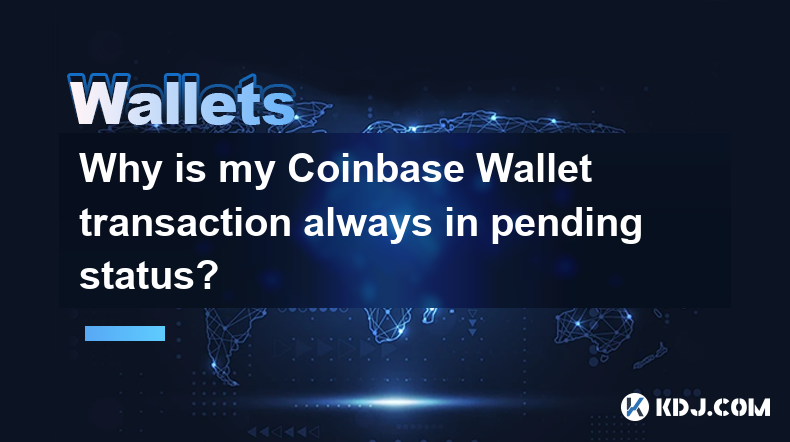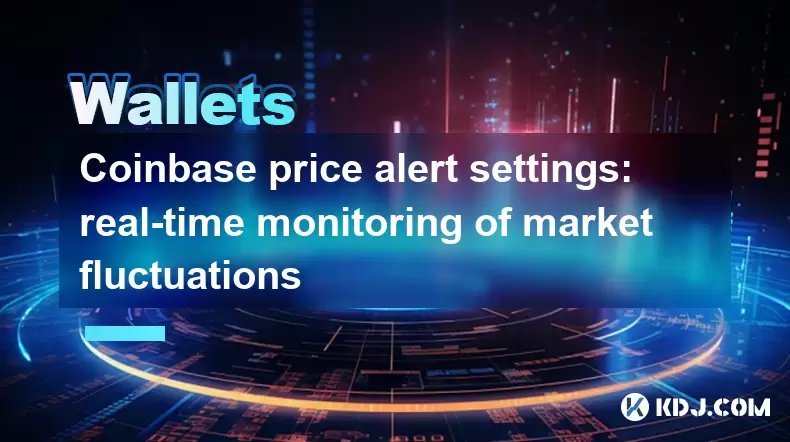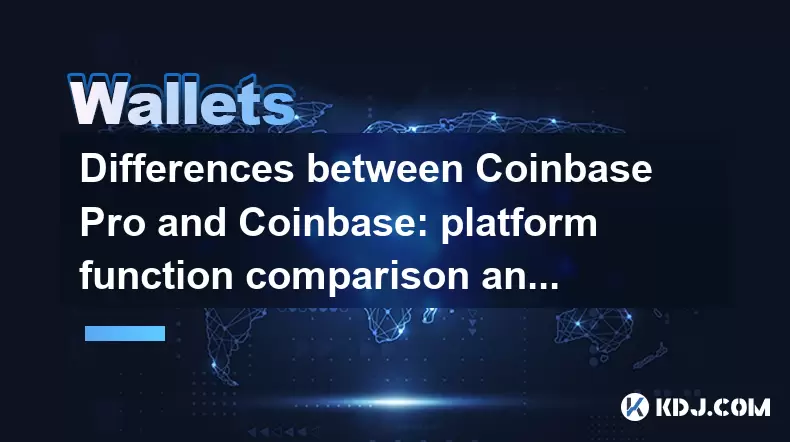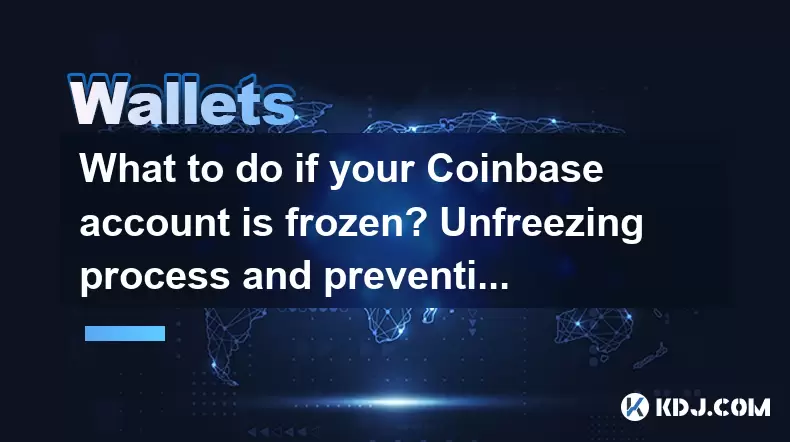-
 Bitcoin
Bitcoin $107,725.9156
0.27% -
 Ethereum
Ethereum $2,481.6786
1.84% -
 Tether USDt
Tether USDt $1.0003
0.01% -
 XRP
XRP $2.2154
1.26% -
 BNB
BNB $658.2447
1.42% -
 Solana
Solana $157.2028
4.24% -
 USDC
USDC $1.0000
0.02% -
 TRON
TRON $0.2788
0.91% -
 Dogecoin
Dogecoin $0.1655
1.00% -
 Cardano
Cardano $0.5714
2.67% -
 Hyperliquid
Hyperliquid $40.6187
6.30% -
 Bitcoin Cash
Bitcoin Cash $519.8117
5.84% -
 Sui
Sui $2.8338
0.59% -
 Chainlink
Chainlink $13.4150
0.60% -
 UNUS SED LEO
UNUS SED LEO $9.1205
-0.54% -
 Avalanche
Avalanche $18.0666
0.85% -
 Stellar
Stellar $0.2363
-0.46% -
 Toncoin
Toncoin $2.9550
2.57% -
 Shiba Inu
Shiba Inu $0.0...01151
-0.15% -
 Litecoin
Litecoin $86.2252
-0.57% -
 Hedera
Hedera $0.1498
1.51% -
 Monero
Monero $318.0620
3.18% -
 Polkadot
Polkadot $3.4174
-0.02% -
 Dai
Dai $1.0000
0.02% -
 Bitget Token
Bitget Token $4.5444
-1.05% -
 Ethena USDe
Ethena USDe $1.0003
0.00% -
 Uniswap
Uniswap $7.1773
-0.53% -
 Pepe
Pepe $0.0...09916
3.19% -
 Aave
Aave $274.7399
0.32% -
 Pi
Pi $0.5136
-2.06%
Why is my Coinbase Wallet transaction always in pending status?
Pending Coinbase Wallet transactions can be delayed by network congestion, low fees, and blockchain specifics; monitor and adjust fees to expedite processing.
Apr 04, 2025 at 03:21 am

Understanding the Pending Status in Coinbase Wallet Transactions
When you initiate a transaction on Coinbase Wallet, you might notice that it remains in a pending status for a period of time. This can be frustrating, but understanding why this happens can help alleviate some of the anxiety associated with waiting. The pending status indicates that the transaction has been broadcast to the blockchain network but has not yet been confirmed. Several factors can influence how long a transaction remains pending, including network congestion, transaction fees, and the specifics of the blockchain being used.
Network Congestion and Its Impact on Transaction Times
One of the primary reasons your Coinbase Wallet transaction might be stuck in pending status is network congestion. Cryptocurrencies like Bitcoin and Ethereum operate on decentralized networks where transactions are processed by miners or validators. When there is a high volume of transactions, the network can become congested, leading to longer wait times for transaction confirmations. During peak times, such as when there is a significant price movement or a popular event related to cryptocurrencies, the network can become overwhelmed, causing delays.
The Role of Transaction Fees in Transaction Processing
Another crucial factor affecting the pending status of your transaction is the transaction fee you set. When you send a transaction, you can choose the fee you are willing to pay for it to be processed. Higher fees incentivize miners or validators to prioritize your transaction, leading to faster confirmation times. If you set a low fee, your transaction might remain in the pending status longer because it is less attractive to miners compared to transactions with higher fees. Coinbase Wallet typically sets a default fee, but you can adjust this to potentially speed up your transaction.
Blockchain Specifics and Transaction Confirmation Times
Different blockchains have varying confirmation times, which can also impact how long your transaction remains in pending status. For instance, Bitcoin transactions typically require several confirmations before they are considered final, which can take anywhere from 10 minutes to an hour or more, depending on network conditions. Ethereum transactions, on the other hand, usually require fewer confirmations but can still be affected by network congestion and gas fees. Understanding the specifics of the blockchain you are using can help you set realistic expectations for transaction times.
How to Check and Manage Pending Transactions in Coinbase Wallet
If you find your transaction stuck in pending status, there are several steps you can take to monitor and potentially expedite the process:
- Check the Transaction Status: Open your Coinbase Wallet app and navigate to the transaction history. Find the transaction in question and check its current status. If it is still pending, you can see how long it has been in this state.
- Monitor the Blockchain: Use a blockchain explorer like Blockchain.com for Bitcoin or Etherscan for Ethereum to track your transaction. Enter your transaction hash (TXID) to see its position in the mempool and estimated confirmation time.
- Adjust the Transaction Fee: If the transaction fee you set was too low, you might be able to replace-by-fee (RBF) or child-pays-for-parent (CPFP) to increase the fee and encourage faster processing. Coinbase Wallet supports RBF for Bitcoin transactions, allowing you to increase the fee on an unconfirmed transaction.
- Wait Patiently: Sometimes, the best course of action is to wait. If the network congestion clears up, your transaction will eventually be confirmed.
Common Issues and Troubleshooting Tips
Sometimes, transactions can get stuck due to technical issues or errors. Here are some common problems and how to address them:
- Double-Spending: If you attempt to spend the same funds twice, one of the transactions will be rejected. Ensure you are not initiating multiple transactions with the same funds.
- Insufficient Funds: Make sure you have enough balance in your wallet to cover both the transaction amount and the fee. If not, the transaction will not be processed.
- Incorrect Address: Always double-check the recipient's address before sending. Sending to an incorrect address can result in lost funds and a stuck transaction.
- Contact Support: If you've tried all the above steps and your transaction is still pending, reach out to Coinbase Wallet support for further assistance. They can provide more detailed insights into your specific situation.
Frequently Asked Questions
Q: Can I cancel a pending transaction on Coinbase Wallet?
A: It depends on the blockchain and the type of transaction. For Bitcoin transactions, if you used the replace-by-fee (RBF) feature, you might be able to cancel or replace the transaction with a higher fee. For other blockchains, cancellation might not be possible once the transaction is broadcasted.
Q: How long should I wait before considering a transaction as stuck?
A: Generally, if a transaction remains pending for more than 24 hours, it might be considered stuck. However, this can vary based on the blockchain and current network conditions.
Q: Will increasing the transaction fee always speed up my transaction?
A: Increasing the transaction fee can make your transaction more attractive to miners, but it is not a guarantee. If the network is extremely congested, even a higher fee might not result in immediate confirmation.
Q: Can I speed up a pending transaction by sending another transaction?
A: For Bitcoin, you can use the child-pays-for-parent (CPFP) method to speed up a pending transaction by sending another transaction that spends the outputs of the pending transaction with a higher fee. This is not supported on all blockchains, so check the specifics of the cryptocurrency you are using.
Disclaimer:info@kdj.com
The information provided is not trading advice. kdj.com does not assume any responsibility for any investments made based on the information provided in this article. Cryptocurrencies are highly volatile and it is highly recommended that you invest with caution after thorough research!
If you believe that the content used on this website infringes your copyright, please contact us immediately (info@kdj.com) and we will delete it promptly.
- Coinbase, Altcoins, and Listings: What's the Buzz?
- 2025-07-01 00:30:11
- Chainlink's Bullish Signals: Investors Bet on Long-Term Value
- 2025-07-01 00:50:12
- CICADA Finance Soars on BNB Chain: A TGE Deep Dive
- 2025-07-01 01:30:11
- MicroStrategy's Bitcoin Bet: Holdings, Sell-Off Concerns, and S&P 500 Dreams
- 2025-07-01 01:30:11
- XRPL EVM Sidechain: Ethereum dApps Unleashed on XRP Ledger!
- 2025-07-01 01:35:11
- Bybit, Kraken, and Tokenized Stocks: A New Era for Trading?
- 2025-07-01 00:30:11
Related knowledge

Coinbase price alert settings: real-time monitoring of market fluctuations
Jun 29,2025 at 07:00am
Setting Up Coinbase Price AlertsTo begin real-time monitoring of market fluctuations on Coinbase, users can utilize the built-in price alert feature. This function allows you to receive notifications when a cryptocurrency reaches a specific price point. To access this setting, open the Coinbase app or log in via the web platform. Navigate to the 'Prices...

How to stake cryptocurrencies on Coinbase? Benefits and risks
Jun 27,2025 at 06:36pm
Understanding Cryptocurrency Staking on CoinbaseStaking cryptocurrencies involves locking up digital assets to support the operations of a blockchain network, typically in return for rewards. Coinbase, one of the most popular cryptocurrency exchanges globally, offers staking services for several proof-of-stake (PoS) coins. Users can stake their holdings...

Differences between Coinbase Pro and Coinbase: platform function comparison and analysis
Jun 29,2025 at 08:21am
Overview of Coinbase and Coinbase ProWhen exploring the cryptocurrency trading landscape, users often encounter two platforms under the same parent company: Coinbase and Coinbase Pro. While both are operated by the same organization, they cater to different types of users and offer varying features. Coinbase is primarily designed for beginners and casua...

What to do if your Coinbase account is frozen? Unfreezing process and preventive measures
Jun 30,2025 at 03:49am
Understanding Why Your Coinbase Account Might Be FrozenIf your Coinbase account is frozen, it typically indicates that the platform has detected suspicious activity or potential violations of its terms of service. This could be due to a variety of reasons such as unusual login attempts, high-risk transactions, or incomplete verification steps. Coinbase ...

How to contact Coinbase customer service? Support channels and response times
Jun 28,2025 at 01:29pm
Contacting Coinbase Customer Service: Support Channels and Response TimesIf you're a user of Coinbase, reaching their customer service team may become necessary for various reasons, such as account verification issues, transaction disputes, or technical difficulties. Understanding the different support channels available and what to expect in terms of r...

Coinbase advanced trading function usage tutorial: limit orders and market orders
Jun 28,2025 at 09:07pm
Understanding the Difference Between Limit Orders and Market OrdersWhen using Coinbase's advanced trading features, it is crucial to understand the fundamental difference between limit orders and market orders. A market order executes immediately at the best available price on the market. This type of order ensures that your trade goes through quickly, ...

Coinbase price alert settings: real-time monitoring of market fluctuations
Jun 29,2025 at 07:00am
Setting Up Coinbase Price AlertsTo begin real-time monitoring of market fluctuations on Coinbase, users can utilize the built-in price alert feature. This function allows you to receive notifications when a cryptocurrency reaches a specific price point. To access this setting, open the Coinbase app or log in via the web platform. Navigate to the 'Prices...

How to stake cryptocurrencies on Coinbase? Benefits and risks
Jun 27,2025 at 06:36pm
Understanding Cryptocurrency Staking on CoinbaseStaking cryptocurrencies involves locking up digital assets to support the operations of a blockchain network, typically in return for rewards. Coinbase, one of the most popular cryptocurrency exchanges globally, offers staking services for several proof-of-stake (PoS) coins. Users can stake their holdings...

Differences between Coinbase Pro and Coinbase: platform function comparison and analysis
Jun 29,2025 at 08:21am
Overview of Coinbase and Coinbase ProWhen exploring the cryptocurrency trading landscape, users often encounter two platforms under the same parent company: Coinbase and Coinbase Pro. While both are operated by the same organization, they cater to different types of users and offer varying features. Coinbase is primarily designed for beginners and casua...

What to do if your Coinbase account is frozen? Unfreezing process and preventive measures
Jun 30,2025 at 03:49am
Understanding Why Your Coinbase Account Might Be FrozenIf your Coinbase account is frozen, it typically indicates that the platform has detected suspicious activity or potential violations of its terms of service. This could be due to a variety of reasons such as unusual login attempts, high-risk transactions, or incomplete verification steps. Coinbase ...

How to contact Coinbase customer service? Support channels and response times
Jun 28,2025 at 01:29pm
Contacting Coinbase Customer Service: Support Channels and Response TimesIf you're a user of Coinbase, reaching their customer service team may become necessary for various reasons, such as account verification issues, transaction disputes, or technical difficulties. Understanding the different support channels available and what to expect in terms of r...

Coinbase advanced trading function usage tutorial: limit orders and market orders
Jun 28,2025 at 09:07pm
Understanding the Difference Between Limit Orders and Market OrdersWhen using Coinbase's advanced trading features, it is crucial to understand the fundamental difference between limit orders and market orders. A market order executes immediately at the best available price on the market. This type of order ensures that your trade goes through quickly, ...
See all articles

























































































